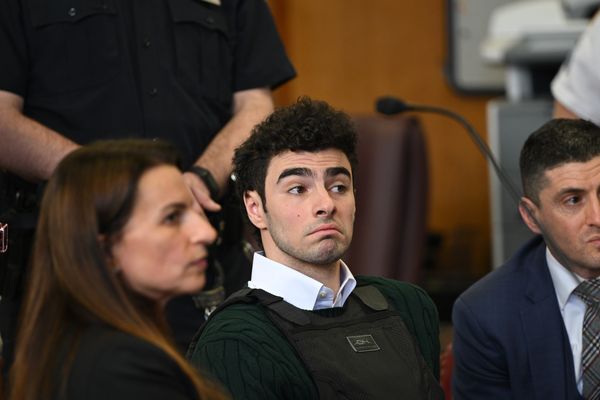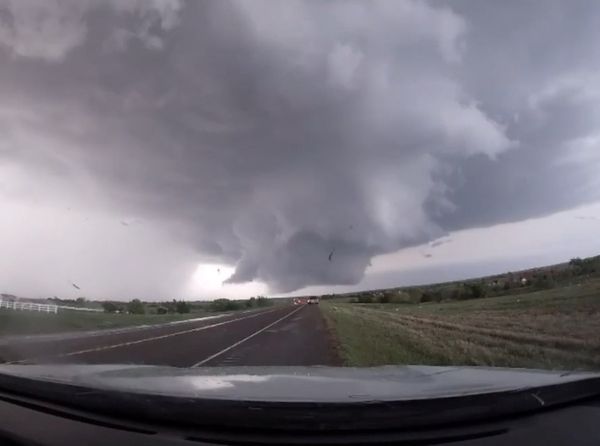Despite the impact of Omicron, the North East Ambulance Service (NEAS) NHS Trust has managed to slash its response times - for the first time since July 2021 the service has been reaching the most serious patients, on average, quicker than the national seven minute target.
NEAS ' performance when attending call-outs has improved across the board according to newly-released January data - and bosses have put this down to a reduction in demand and staff returning from sick-related absence.
The service is the second-best performing in the country when it comes to getting to category one calls - where someone is in a "life threatening condition". Only the London Ambulance Service performs better than the NEAS average of six minutes and 48 seconds.
Go here for the latest NHS news and breaking North East public health news
The national average in England is eight minutes 31 seconds.
Over the winter, NEAS execs expressed serious concern over the time taken by ambulance crews to get to category two (C2) - "a serious condition, such as stroke or chest pain" - and category three (C3) - "an urgent problem" - calls.
In December, the Trust received more than 50,000 calls, and these improvements come even given the huge pressures faced over the New Year period - when NEAS was forced to warn some patients they may be better off making their own way to hospital.
By both these metrics, things improved drastically in January.
Whereas in December the Trust was reaching C2 calls in an average of 47 minutes and 38 seconds, in January the figure was down to 31 minutes and 22 seconds. The target remains 18 minutes, but NEAS' performance is again among the best in the country.
For C3 calls, NEAS is again substantially above the national average, responding in one hour, 17 minutes and 10 seconds. Nationwide, the equivalent figure is one hour, 56 minutes and 52 seconds.
In December, ambulance service bosses discussed how they were "worried and troubled" by declining response times, citing complaints including one situation whereby a woman who had had a heart attack was waiting more than an hour for an ambulance.
Welcoming the improved picture, NEAS chief operating officer Paul Liversidge said: "Over recent weeks, we have seen the spike in public demand for our service start to decrease, as well as experiencing increasing numbers of staff returning from absence. This has resulted in us being able to improve all our response times, in particular, get to the most poorly patients quicker.
"I’d like to say a huge thank you to everyone at NEAS for their massive effort to keep our patients safe over what has and is the toughest period on record.
"There is still significant demand across the NHS in the region, and we’d ask the public to continue to use our services wisely."







